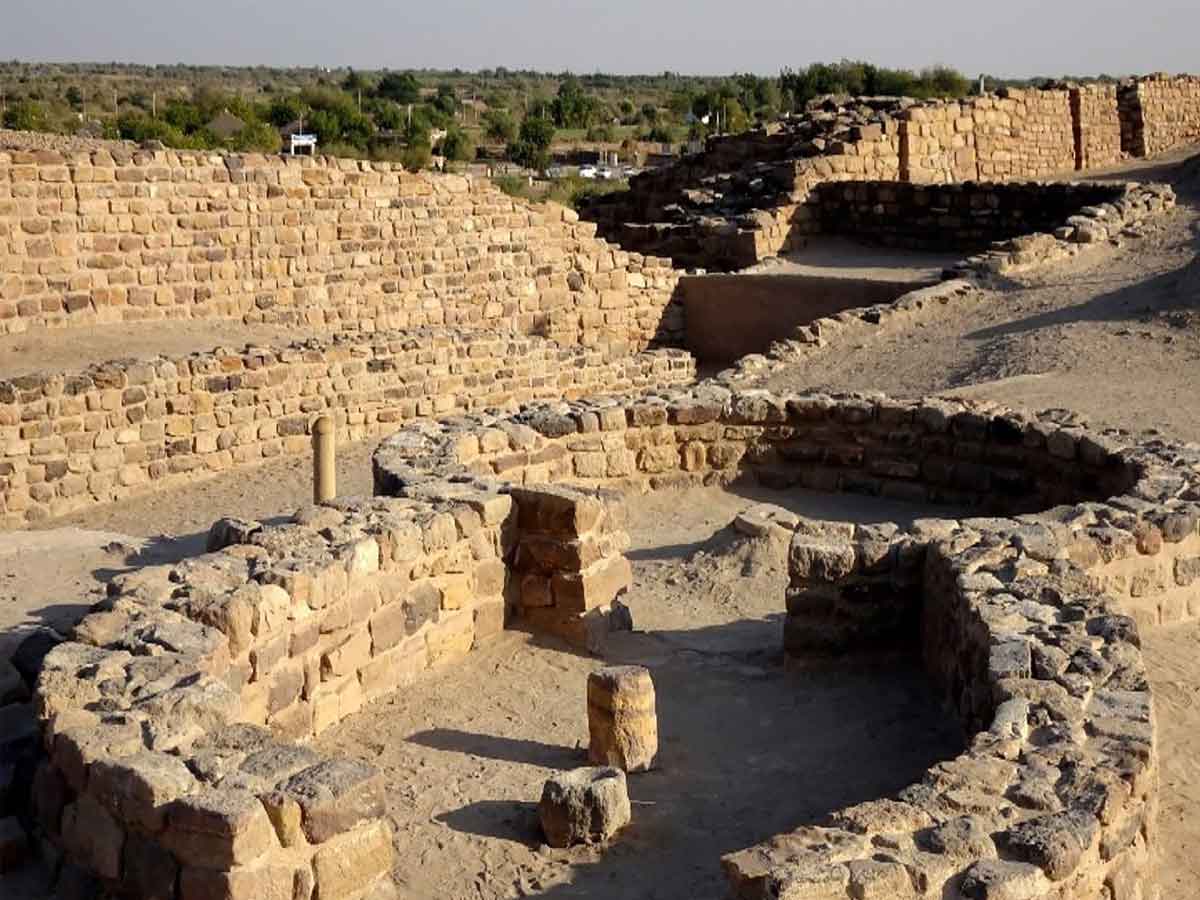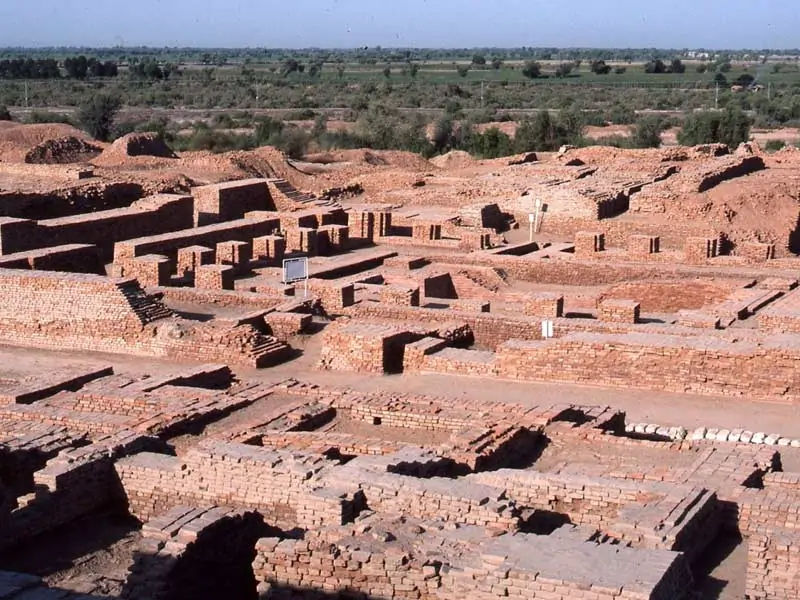Dholavira: Tracing the Oldest Civilization in the world:
Shortpedia
Content Team
Dholavira, one of the most famous archaeological sites, has recently got the UNESCO world heritage site tag. With this title, Dholavira became the 4th site from Gujarat and 40th site from India to hold this tag. Besides getting the tag of UNESCO world heritage sites, Dholavira holds great importance in the history of India. Dholavira speaks a lot about the oldest civilization, i.e., the Indus Valley civilization and the history of India. Dholavira is one of the prominent sites of the Indus Valley Civilization, has its own story that grabs the attention of tourists and archaeologists. To explore Dholavira is something that requires a lot of enthusiasm and keen interest. Exploring Dholavira is not just looking into the past but discovering the future after looking to the past.
LET’S EXPLORE DHOLAVIRA WITH THIS BLOG AND GET A STEP CLOSER TO INDIAN HISTORY AND CIVILIZATION……
SITE OF DHOLAVIRA

The Indus Valley Civilization acropolis is located on a hillock near present-day Dholavira village, in the district of Kutch, and from there, it gets its name. The site was discovered by a renowned archaeologist Jagat Pati Joshi in the year 1968. The site's excavation was done under the supervision of another renowned archaeologist Ravindra Singh Bisht between 1990 and 2005. The excavation of Dholavira uncovered the city and revealed that it was once a manufacturing and commercial hub for about 1,500 years before its declination and eventual ruin in 1500 BC.
Locally known as Kotda, Dholavira city is spread over 100 hectares of semi-arid land. When the rest of the desert is submerged by the monsoon, two water channels, Mansar in the north and Manhar in the south culvert near Dholavira. A journey to Dholavira is beautiful and takes us to the great desert salty plains, rich and diverse wildlife such as flamingo, nilgai, chinkara gazelle, and other birdlife too.
During the excavation of Dholavira, the excavated artifacts included beads, carvings, furnaces, equipment, ornaments of gold and copper, fish hooks, seals, animal carcasses, and some import ships. The discovery of these ships showcased the trade links with the land far from Mesopotamia. Moreover, ten large stone inscriptions carved in the script of Indus Valley Civilization have also been found with the world’s first signboard. These discoveries are the most important discoveries about the culture of the Indus Valley, but they are vague. The remains found on the site of Dholavira show an impressive castle, sun-dried bricks and stone masonry with beautiful decorative structures, and that too with the remarkable town planning, along the center and the lower town. The site has also been discovered to have a well-built underground drainage system for cleaning, streamlined roads from the city lead straight out.
As we all know that Dholavira is one of the two largest Harrapan destinations in India and the fifth-largest in the subcontinent. Moreover, Dholavira has one of the oldest excavated water conservation systems in the world. The images taken by the satellites show an underground reservoir and a very effortlessly constructed rainwater harvesting system extending from the walls, without which mankind would not have flourished in the sparse desert rains.
Like Lothal, Dholavira has passed all the stages of Harrapan culture from 2900 BC to 1500 BC. As per the excavations, the declination of the culture was in the seventh phase. However, the excavations also tell us the story of the stages of the culture, notes pieces of evidence from its development to maturity.
RISE AND FALL OF DHOLAVIRA

The remains of a copper smelter give us the indication of Harrapans. They lived in Dholavira and knew about metallurgy. It is believed that the traders of Dholavira used to source the copper from present-day Rajasthan, UAE, and Oman and export the finished products. Dholavira is also believed to be the hub of manufacturing jewelry made of shells and some precious stones such as agate and used to export timber.
As per the sources and archaeologists, the people of Dholavira used to trade with the Mesopotamians. So the decline in Dholavira can also be due to the collapse of Mesopotamia, indicating the integration of economics. Some maritime people lost a huge market that affected the local manufacturing, mining, marketing, and export business once Mesopotamia fell. Moreover, Dholavira entered a phase of severe aridity due to the changes in the climatic conditions and the drying up of the rivers like Saraswati. This drought-like atmosphere's sudden occurrence leads people to migrate towards the Ganges Valley or towards South Gujarat and further beyond in Maharashtra. This lead to the sudden fall of Dholavira.

In the recent release, UNESCO termed Dholavira as one of the most remarkable and well-preserved urban settlements in South Asia from the 3rd to mid - 2nd millennium BCE. Since the excavation at the site, the ASI has developed a museum here. The population of Dholavira is around 2,000, the nearest human settlement at present. Moreover, near the city is a fossil park where wood fossils are preserved.
